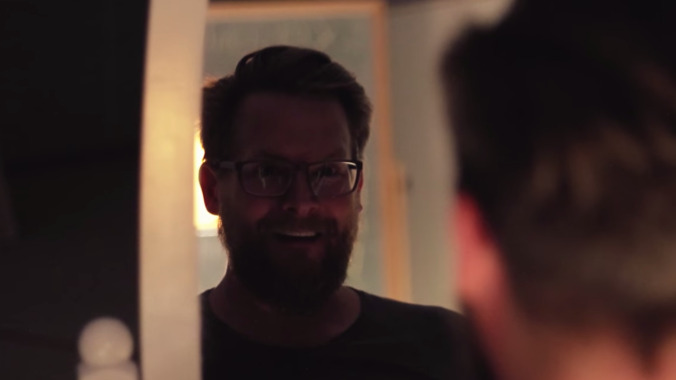Turns out there's something to that old Bloody Mary urban legend

Chances are, if you had any kind of childhood, Bloody Mary made an appearance at least once or twice. Well, maybe not literally made an appearance, but you most likely found yourself crowded into a bathroom with a couple friends at some point during a sleepover, chanting her name and giggling like the schoolchildren you were. As far as we know, a vengeful spirit never materialized to snatch kids away, so it’s pretty safe to say we’re in the clear about the urban legend (and that your friend’s older sister who swore she saw something is totally full of it).
That said, what exactly is it that makes the creepy dare so pervasive in our culture? The fine gentlemen over at The Modern Rogue posted a seasonal episode on YouTube last week exploring the psychological effects that help explain why Bloody Mary is such an effective spooky pastime. Turns out, even if the ghost isn’t real, our brains still know a ton of ways to make us look like a bunch of damn scaredy-cats.
As the video notes, the Bloody Mary myth’s origins aren’t clear—variations often trace it to Elizabeth Bathory, Mary Worth of the Salem Witch Trials, or perhaps even Mary, Queen of Scots, among others. What is clear, though, is the documented psychological effects that can creep up on you during the Bloody Mary exercise, particularly stuff like the Ganzfeld Effect, self-hypnosis, pareidolia, and even minor dissociative personality symptoms.
Watch the full video below.
Send Great Job, Internet tips to [email protected]